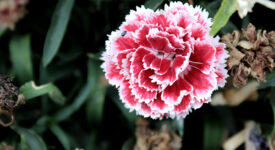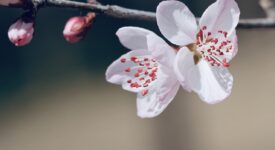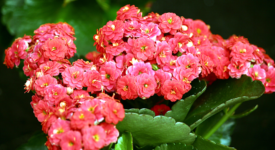Dusty Miller is a plant that grows in dry areas. It can either be an annual or a perennial. It is drought- tolerant and a companion plant to pansies. Although not a weed, it can be toxic to humans. Learn more about this plant in this article. It is a colorful plant that blooms from July to early September.
The dusty miller is a common name of several plants with grey or silver leaves, in particular Senecio cineraria being primarily used as an annual bedding plant. It is native to the Mediterranean and has been classified as Jacobaea maritima by some taxonomists.
Dusty Miller is an annual or a perennial
The perennial flower Dusty Miller, or silver ragwort, is a subshrub of the genus Jacobaea. It is native to the Mediterranean, but can thrive in temperate climates as well. Although it prefers heat and sun, it can tolerate cold winters, but requires a certain amount of care in the winter. The following winter care tips will help you protect your plant during the coldest months.
Dusty Miller grows best in well-drained soil with a pH of 5.5 to 6.0. It is also tolerant of part shade, but prefers full sun. It can be grown in a flower bed or in pots. It needs a moderate amount of fertilizer, but does not require as much as other plants.
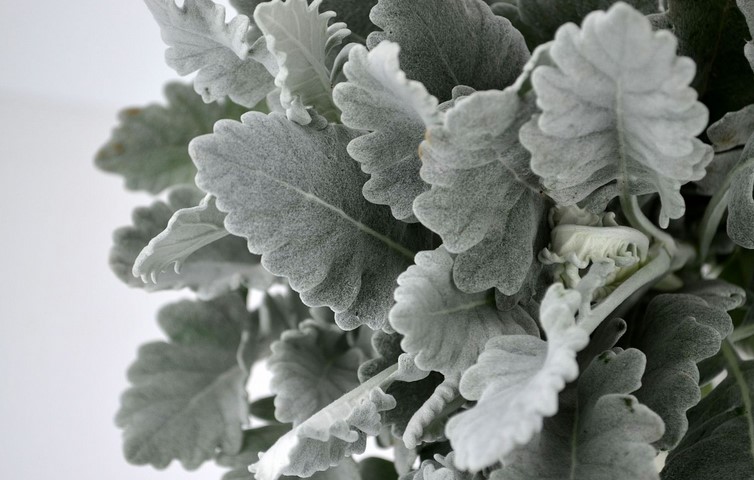
It is drought-tolerant
The Dusty Miller flower is a drought-tolerant perennial with silvery- green foliage. It grows to a height of eight inches and is deer -resistant. It is a great choice for border, bed, or container plantings. The silvery foliage resembles ferns and is low – maintenance. It also appreciates nitrogen fertilization.
The Dusty Miller can grow in a wide variety of soil types, including clay or sandy loam. It does best in full sunlight, but will tolerate part shade. It prefers soil with a rich mix of organic matter and a good drainage. It is also tolerant of temperatures between forty and eighty degrees.
It is toxic to humans
You may have heard that the dusty miller flower is toxic to humans. It’s true, this plant can cause vomiting, diarrhea, and birth defects. Luckily, there are some ways to deal with the problem and keep it out of your garden. In addition to its toxic effects on humans, you can try to keep it from growing in your yard.
The plant is poisonous to humans, dogs, and cats. This is because the sap in the plant can cause dermatitis and cause diarrhea and vomiting. The leaves of this plant also contain a toxic substance that can damage skin. It’s important to make sure that you’re not accidentally touching it, however.
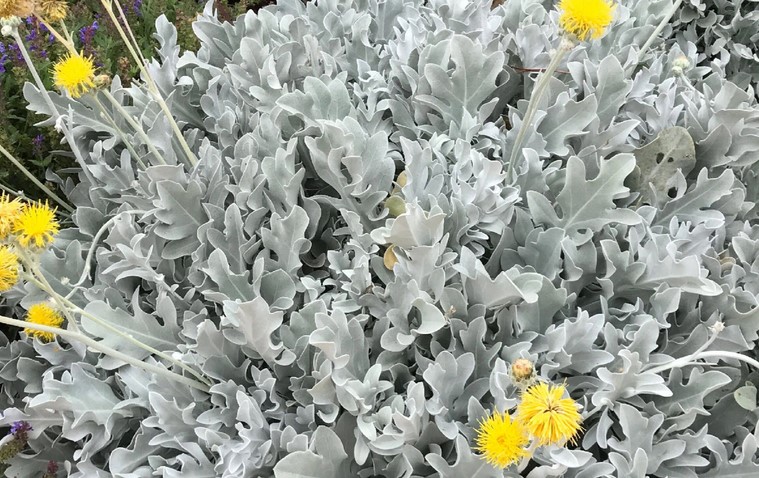
It is a companion plant for pansies
The Dusty Miller flower is a perennial that grows to a height of six to eight inches. It needs full sun to flourish, but can tolerate partial shade. Its leaves have a woolly-felted appearance and are deeply cut. This flower is often cut before blooming, but it is frost-tolerant.
Unlike violas, pansies are much larger and stand up to 12 inches tall. They grow well in a range of temperatures, but need to be planted in soil that drains well. They should be spaced about 12 inches apart. Water regularly to keep the plants healthy. If you want to increase their blooming rate, you can use an all-purpose fertilizer.
It’s unclear when or how dusty miller was first used as an annual, but it is a true perennial subshrub meaning it will live for more than one year. In fact, like many perennials, dusty miller will likely live for several years in the correct environment. It can be expected to grow at least 18″ tall and may grow up to 4′ in height each year until sufficient light is available and temperatures stay above freezing. […] Dusty miller would be a good choice for wet, sandy soil that remains saturated on a regular basis. Avoid using it in poorly draining clay soil or where standing water is present.



